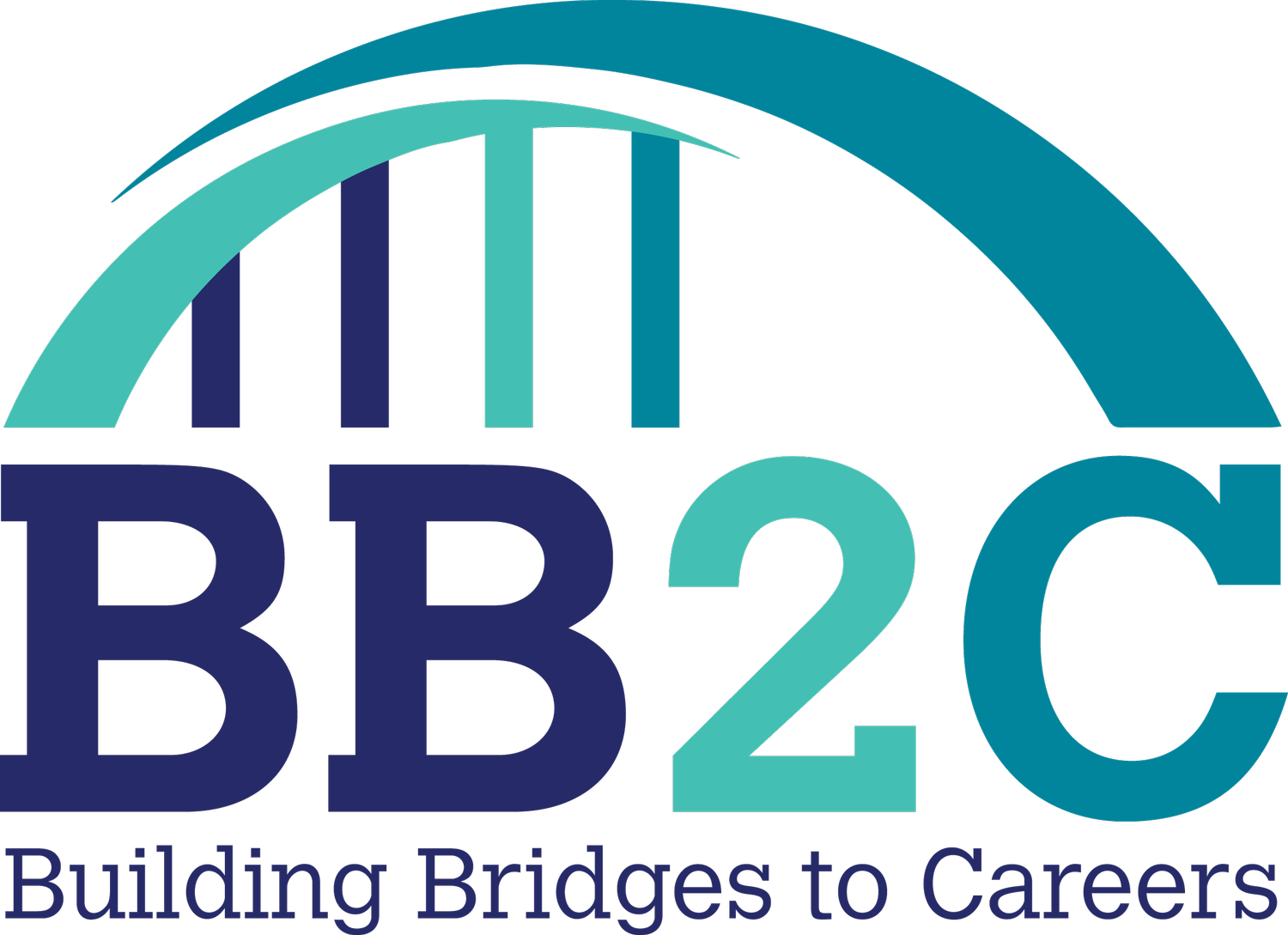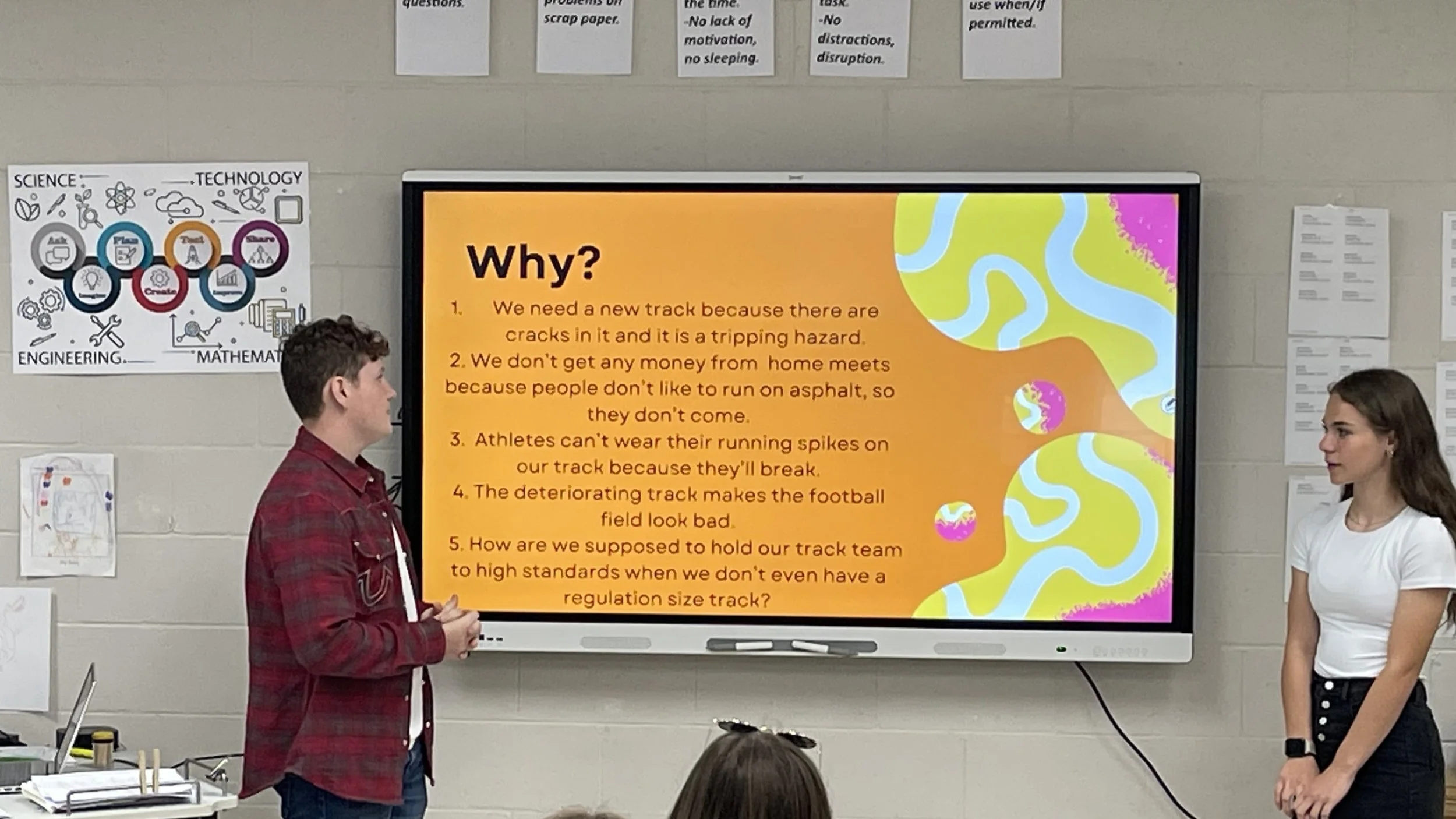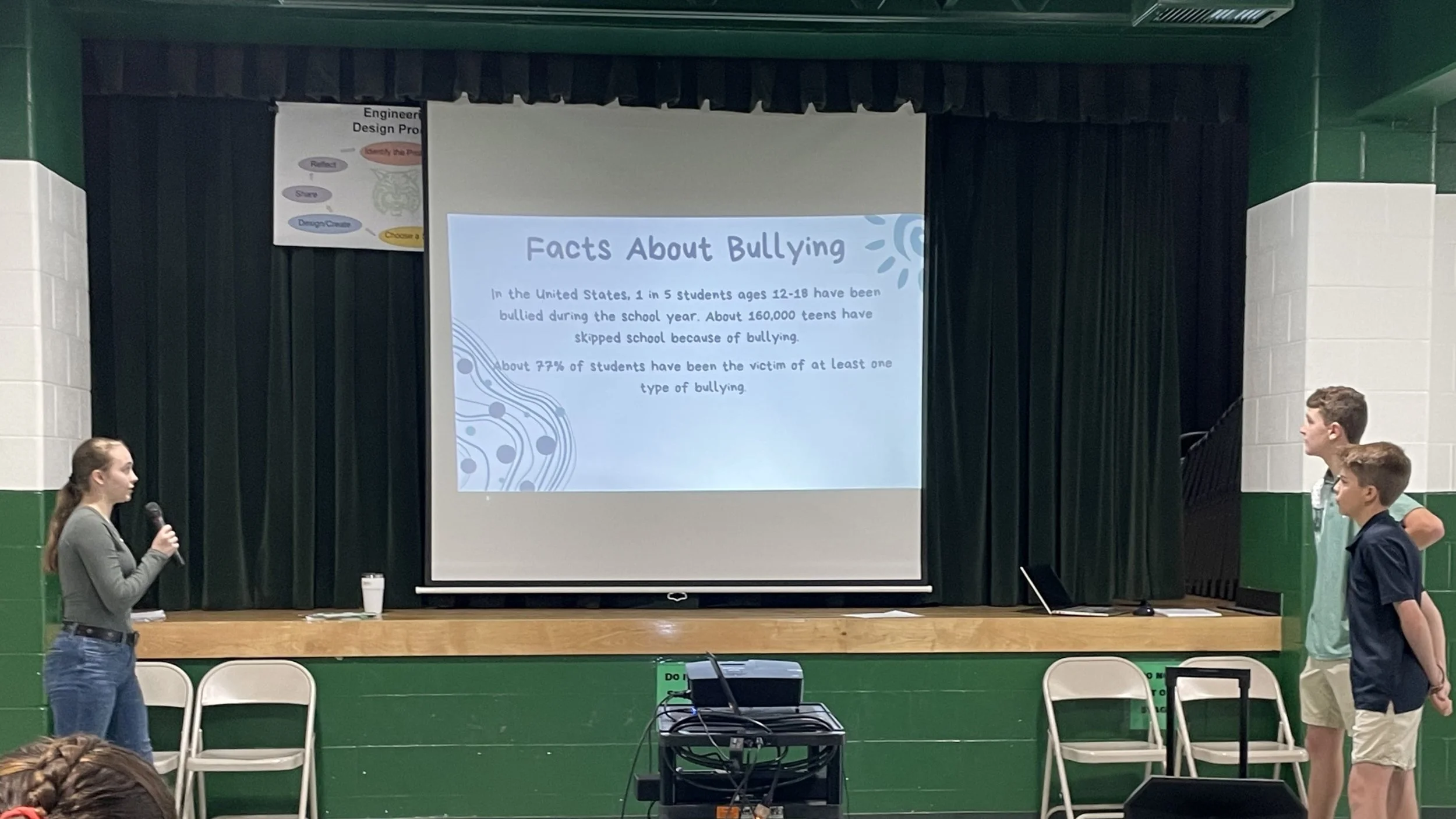The Problem-Based Learning Challenge
Students present a solution they brainstormed in response to one of the problems proposed by their teachers.
Design it! Solve it! Create it! This is what all 5th through 8th grade students at Wolf Creek Local Schools and Noble Local Schools were asked to do through the Problem-Based Learning Challenge. Students were asked to choose one of three problems presented to them and, in groups of three or more, solve it.
The three problems students were asked to tackle, created by BB2C and chosen by teachers at the schools, were:
What would a fun space for you and your friends to go hang out at after school look like and include? Design it!
What is one problem you feel needs to be solved in your school? Solve it!
Why would someone want to live or work in your county? Create a promotional video to encourage people to do so!
From May 6th - 13th students had a chance to brainstorm, research, create, and polish their solutions. They, then, presented their solutions to their teachers and classmates. The top two winning teams from each grade had the chance to travel to the opposite school to present to a panel of judges composed of community members and BB2C staff. The third- and fourth-place teams also had a chance to present to the panel of judges at their home schools.
Waterford Elementary School Solutions
Claire Ramsey, BB2C Network Resource Coordinator
The Problem-Based Learning Challenge was a delight to judge! My co-judge was Greg Adams–a school board member and EHS Director at Watertown Enterprises–and we had the pleasure of listening to four groups of 5th grade students and four groups of 7th grade students from both Waterford Elementary/Middle School and Shenandoah Middle School. The groups presented solutions that tackled nutrition, bullying, recreation, and economic vitality:
vending machines that would provide healthy
inexpensive food options
age-appropriate playground equipment for older-elementary students
why more people should move to and work in their home county
a locker expansion, repair, and replacement project
minimizing and stopping bullying in their school
how to keep balls from getting stuck in the gym ceiling
providing an open space for students to hang out after school
It was clear that this was an intimidating process for the students, but they rose to the challenge. Greg and I asked some tricky questions to get them thinking about how to strengthen their presentations, skills, and thought processes. We were so excited about the students’ presentations that Principal Lanier said he would consider making the event an annual partnership with Shenandoah Local Schools, community partners, and board members.
Shenandoah Elementary Solutions
Emily Bentley, BB2C Educator Engagement Specialist
The PBL Challenge between Waterford and Shenandoah Elementary students afforded me the opportunity to hear a myriad of innovative ideas from our young people in grades 5 and 6 about how they could improve and impact their communities and schools and left me inspired as we close out the school year.
Solutions included:
a student run recycling program and community garden club
addressing the daily schedule
improving locker accommodations
expanding school blacktop at recess
after school play zones and play areas within the local community
an informative and persuasive video about why people should move to their community that included interviews with local community members on the benefits of life in Waterford
Sometimes as community organizations and industry partners, we forget how truly capable, innovative, and motivated our young people are. The PBL challenge was a reminder to all that our students are our region’s greatest asset, and are our future. With creativity, problem solving skills, local connections, and the willpower to make change happen, our students will be able to transform our communities into thriving spaces that uplift our region for generations to come.


